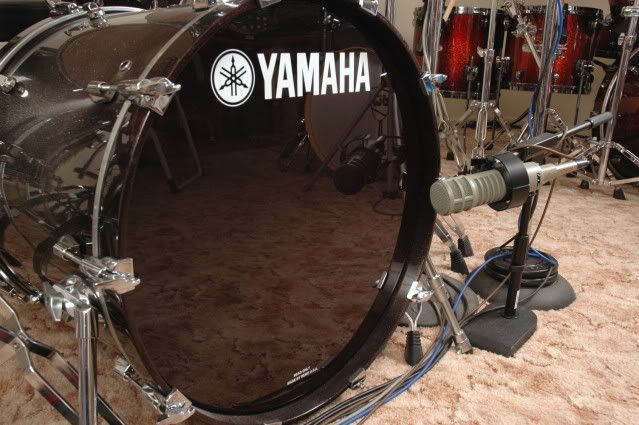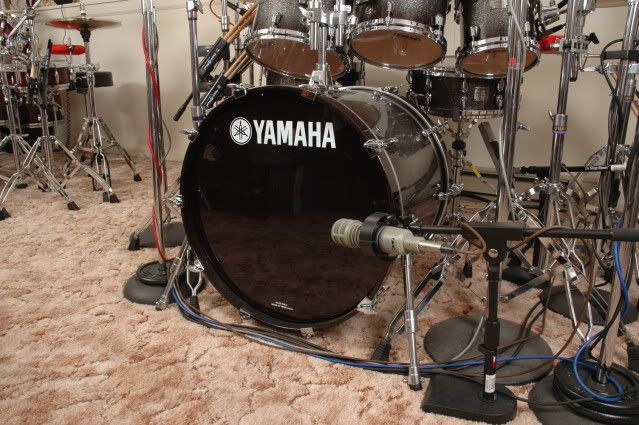Larry
"Uncle Larry"
My gigs don't require me being miced that much. About 8 months ago I went from being a strictly ported bass drum guy to a strictly un-ported bass drum guy. I got over the difference in feel within the first 2 weeks and I am loving the unported sound now, in a big way. I've only needed to mic the bass drum for about 3 gigs since I went unported, and there was a soundman for 2 of them. My question is, for the people who do it regularly, where do you place the bass drum microphone?
The results I got were these: When I mic dead center, a few inches away from the reso head, I get too much boom. When I mic right on the edge of the reso, it's not full enough but has more attack. So I settled on a spot halfway between the center and the edge. But I haven't had the opportunity to really evaluate it from a FOH POV. I was looking for others experiences as to how to get the ideal balance between boom and attack, as it relates to mic placement. Does anyone have any informed opinions of this? Dennis?
The results I got were these: When I mic dead center, a few inches away from the reso head, I get too much boom. When I mic right on the edge of the reso, it's not full enough but has more attack. So I settled on a spot halfway between the center and the edge. But I haven't had the opportunity to really evaluate it from a FOH POV. I was looking for others experiences as to how to get the ideal balance between boom and attack, as it relates to mic placement. Does anyone have any informed opinions of this? Dennis?



